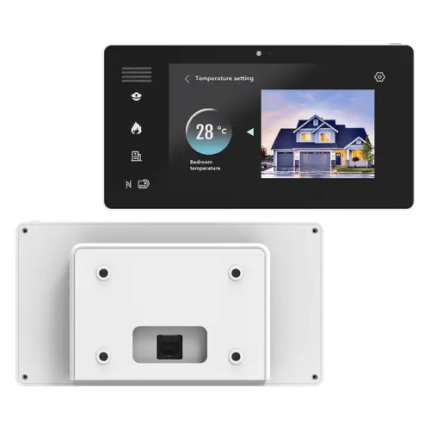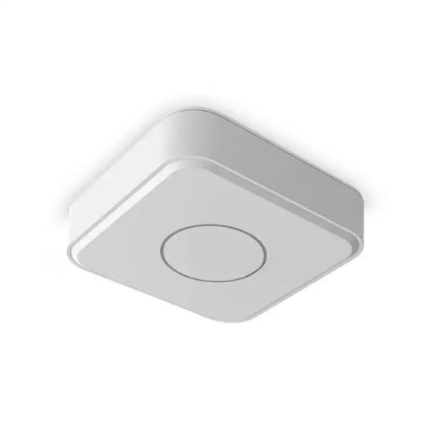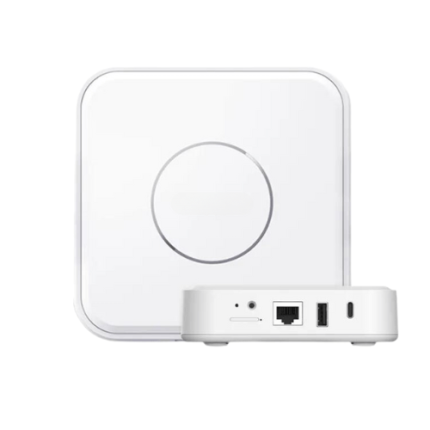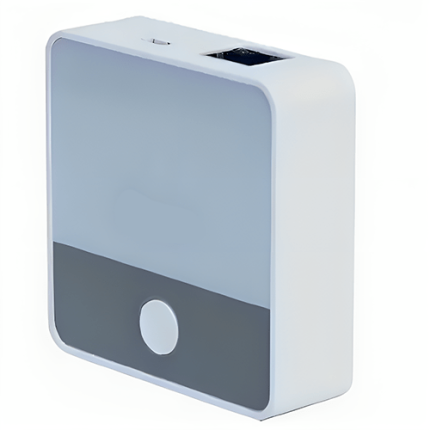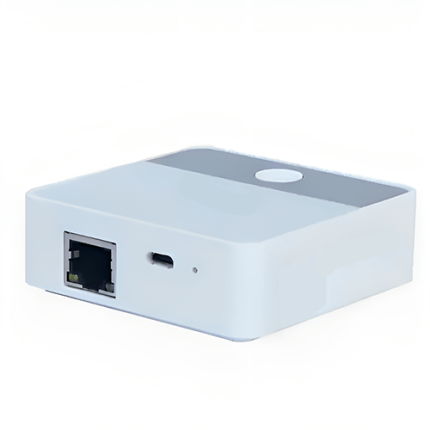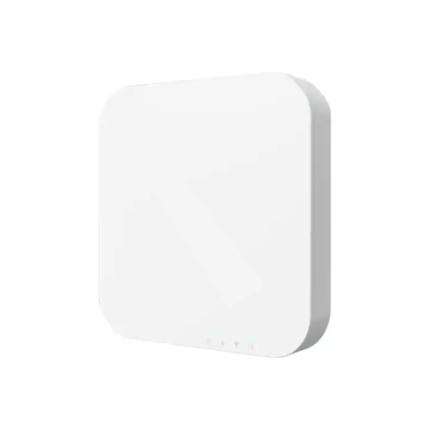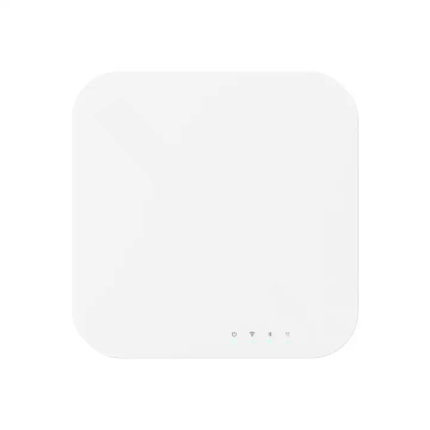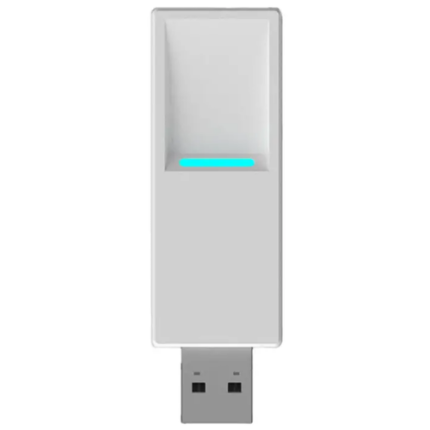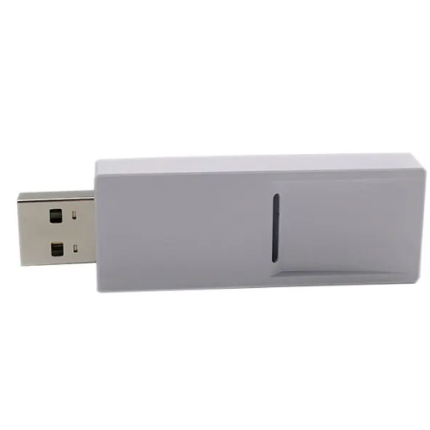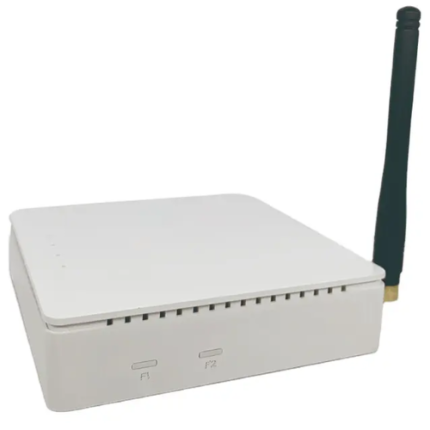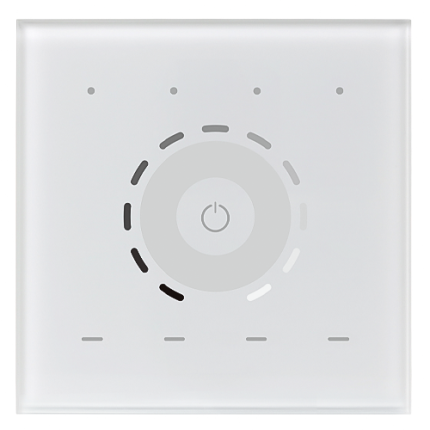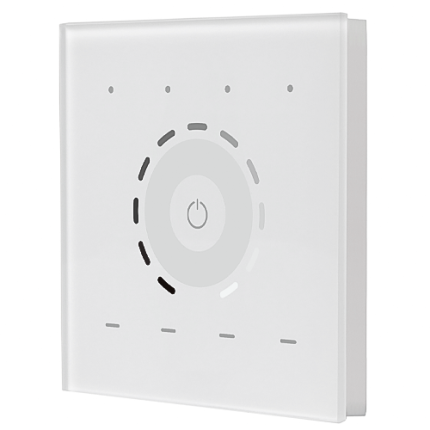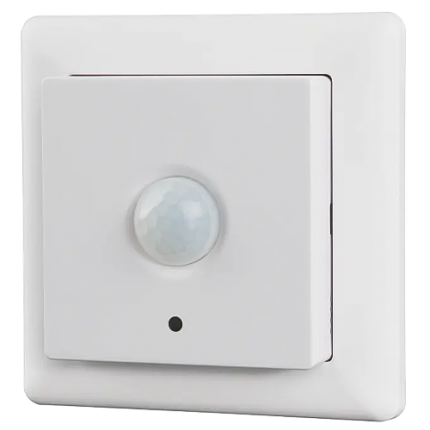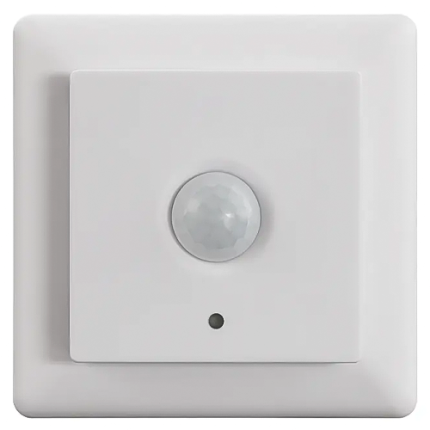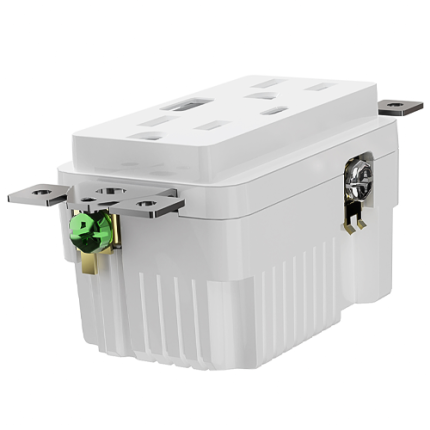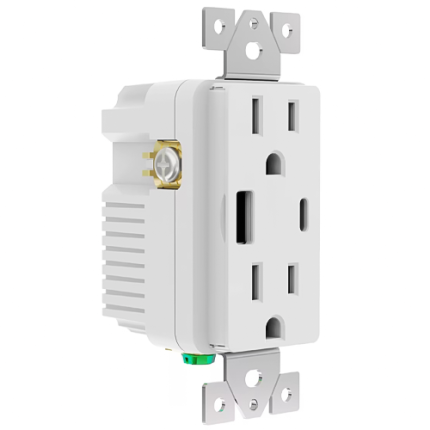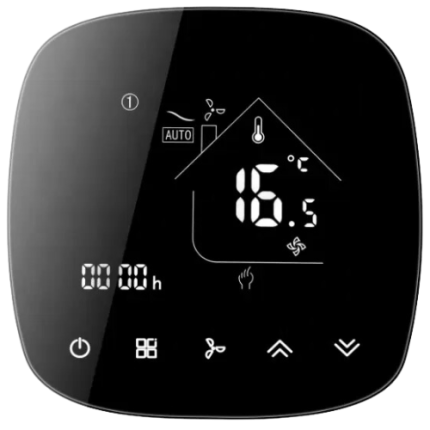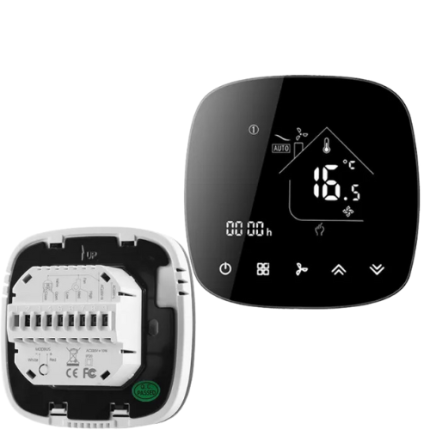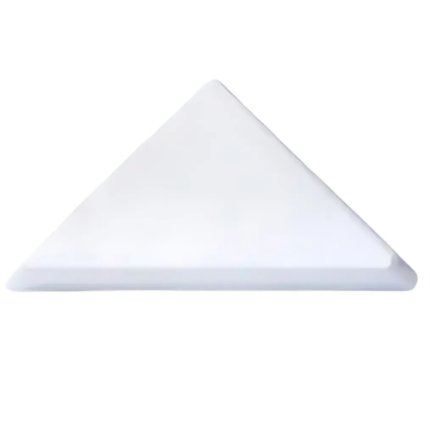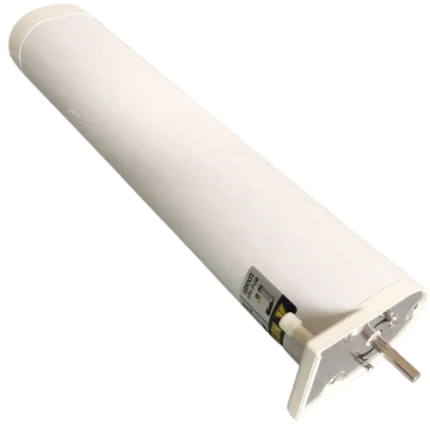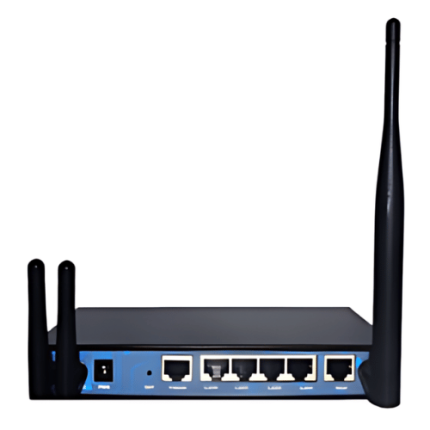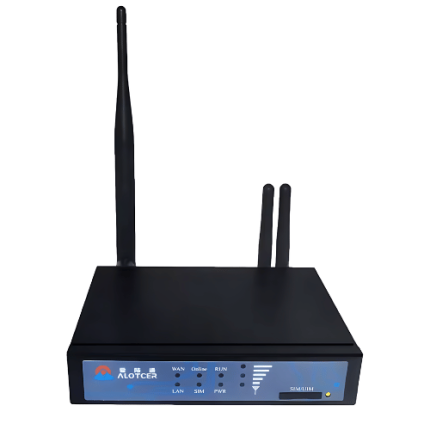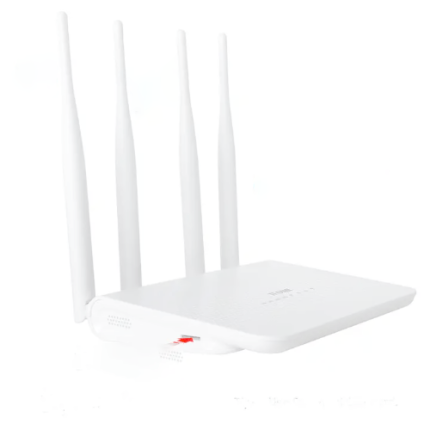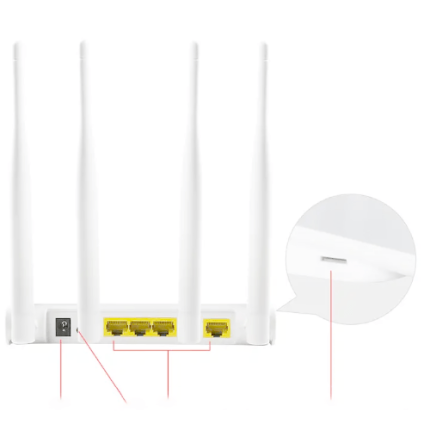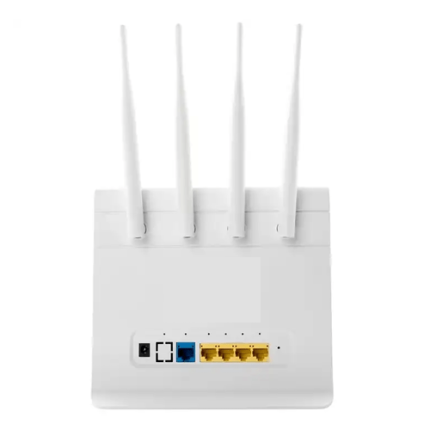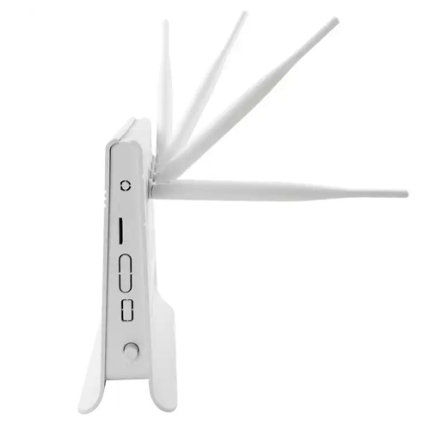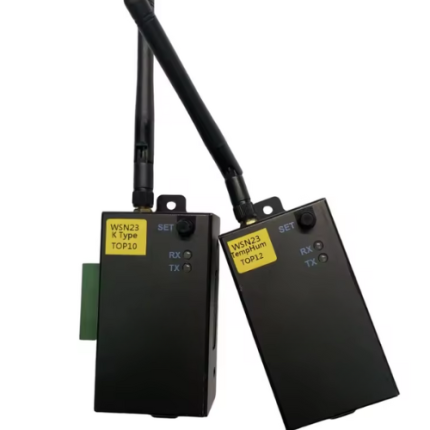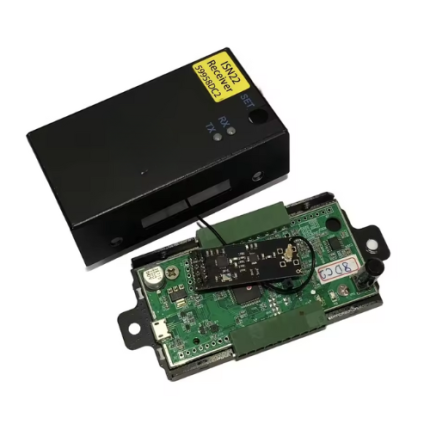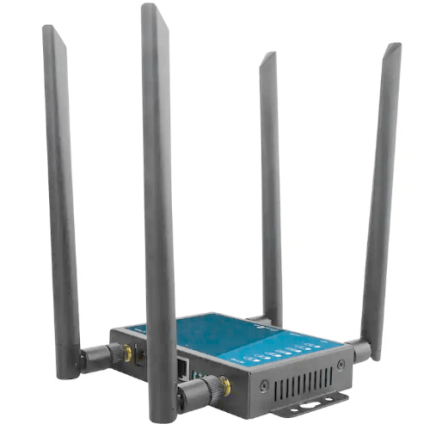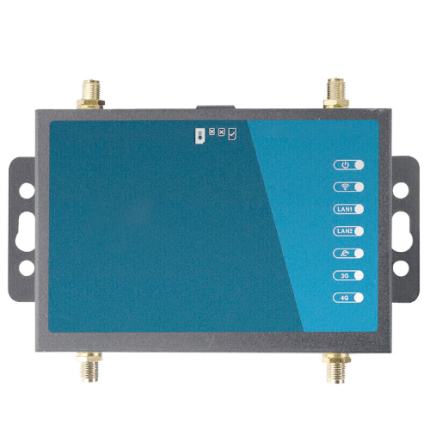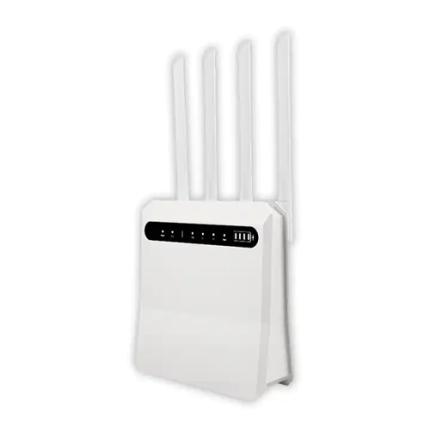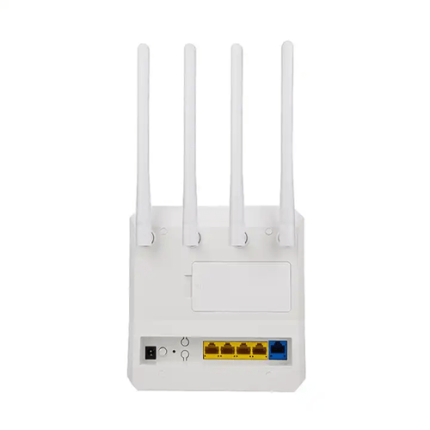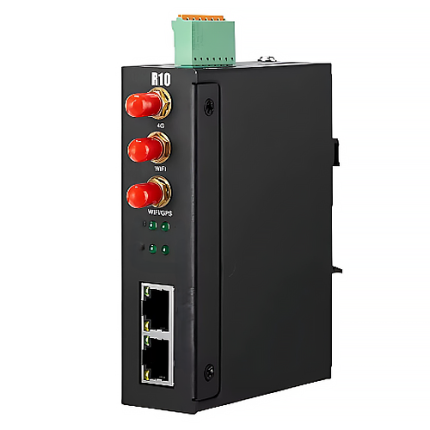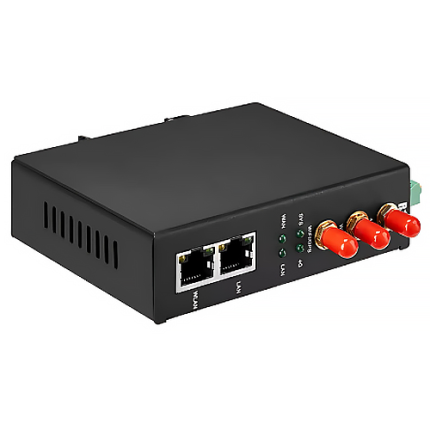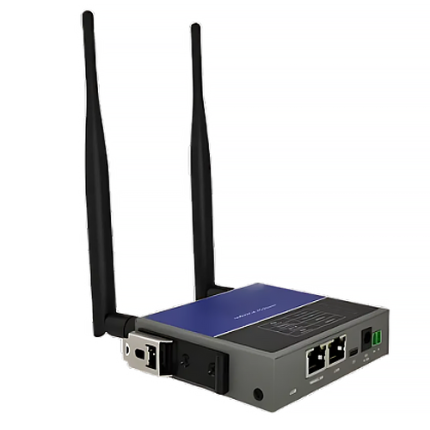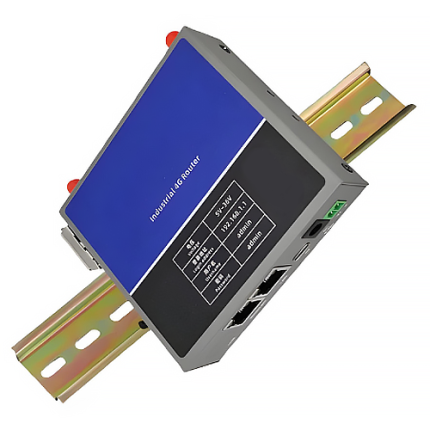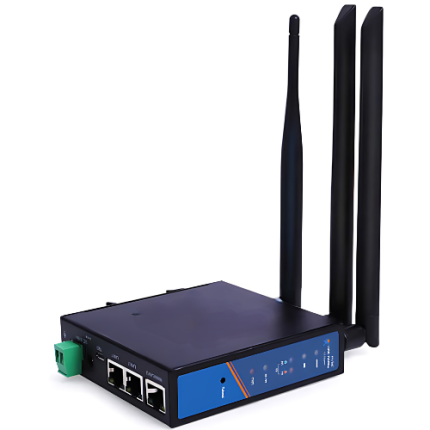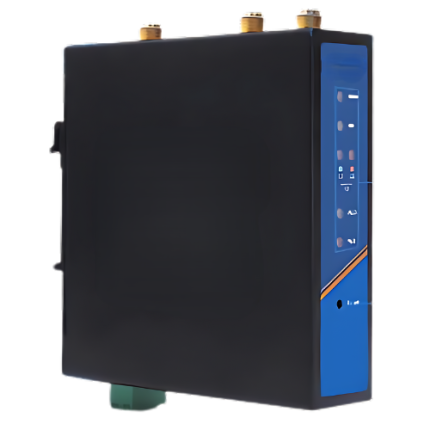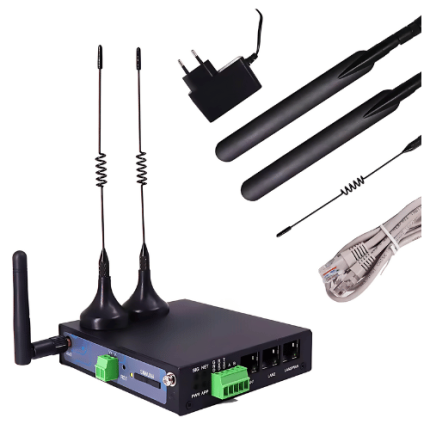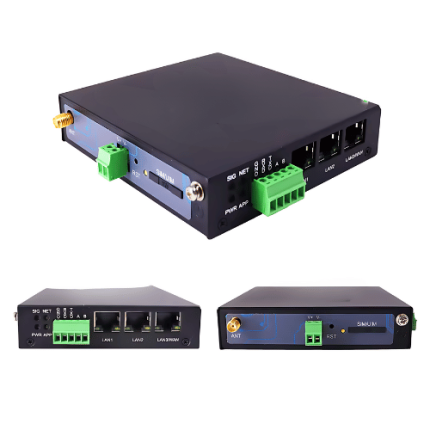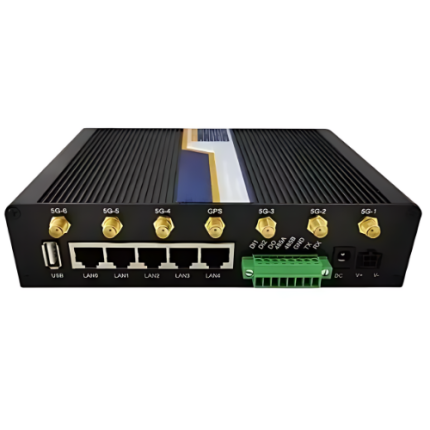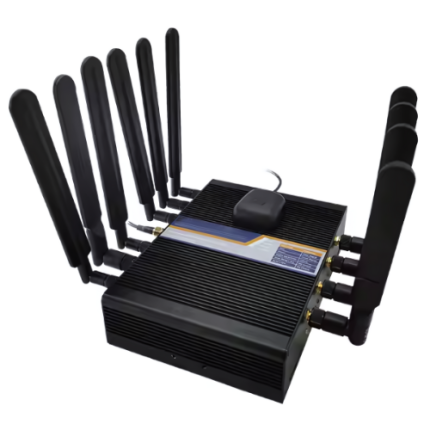Overview
Integrating Z-Wave with Cellular IoT (also known as LTE IoT) creates a versatile connectivity solution for the Internet of Things (IoT). Z-Wave, a popular mesh networking protocol, offers low-power, short-range communication, ideal for device interconnectivity within smart homes and buildings. Cellular IoT, leveraging cellular networks, provides long-range, reliable coverage, enabling seamless communication across vast geographic areas. Together, Z-Wave and Cellular IoT combine to create robust, flexible IoT networks suitable for diverse industries, from agriculture to healthcare. This hybrid approach offers scalability, enhanced data flow, and greater operational efficiency, making it a valuable choice for organizations optimizing their IoT infrastructures.
Introduction to Combining Z-Wave and Cellular IoT
The combination of Z-Wave and Cellular IoT technologies represents a powerful advancement in IoT connectivity. Z-Wave, commonly utilized in localized, low-energy networks, provides an efficient solution for inter-device communication, creating reliable mesh networks within confined environments. Cellular IoT, encompassing LTE-based protocols like LTE-M and NB-IoT, is designed for applications requiring expansive coverage, such as fleet management and environmental monitoring. By merging Z-Wave’s localized, low-power operations with the long-range, high-bandwidth capabilities of Cellular IoT, organizations can overcome the limitations of each technology and create scalable, high-performance IoT systems. This combination expands the potential for real-time monitoring and management in both indoor and outdoor environments, enabling comprehensive IoT solutions that are resilient, adaptable, and efficient.
Working Principles of Z-Wave, Cellular IoT, and Their Combination
Z-Wave Working Principle
Z-Wave operates as a low-power, short-range mesh networking protocol in the sub-1 GHz frequency range (specifically around 908.42 MHz in North America). Each Z-Wave-enabled device can communicate with other nearby devices to transmit and relay data, creating a resilient, interconnected network where devices can continue to communicate even if one node fails. This decentralized approach allows for effective local communication with minimal interference and low latency. Z-Wave is especially effective in environments requiring a high density of connected devices, as its mesh network can support over 200 nodes, ideal for smart homes and industrial applications.
Cellular IoT Working Principle
Cellular IoT, which includes LTE-M (Long Term Evolution for Machines) and NB-IoT (Narrowband IoT), is a cellular-based protocol tailored to IoT applications requiring long-distance communication and low data rates. Leveraging existing cellular infrastructure, Cellular IoT provides stable and far-reaching connectivity, often covering hundreds of kilometers. LTE-M offers higher data throughput and is suitable for applications needing real-time data, while NB-IoT is optimized for ultra-low power and limited bandwidth, ideal for stationary, battery-powered devices. Cellular IoT’s reliance on licensed cellular networks ensures high security and reliability, making it a preferred choice for critical applications, such as utility metering and asset tracking.
Combined Operation of Z-Wave and Cellular IoT
When integrated, Z-Wave and Cellular IoT provide a two-tier network architecture that combines localized mesh networking with wide-area cellular coverage. In this configuration, Z-Wave handles device-to-device communication within local settings, such as a building or industrial site, while Cellular IoT acts as a backbone for transferring aggregated data to cloud platforms or remote management systems. This hybrid approach enables efficient data flow from individual sensors to central databases, making real-time monitoring and management feasible over large geographic areas. By implementing this integrated solution, GAO Tek enables companies to create IoT networks that combine localized control with global reach, optimized for diverse operational requirements.
Benefits of Combining Z-Wave and Cellular IoT Technologies
- Expanded Connectivity Range: Cellular IoT bridges the gap between local Z-Wave networks and remote servers, allowing data to be collected and managed from virtually any location.
- Reduced Power Consumption: Both Z-Wave and Cellular IoT are optimized for low-power applications, extending battery life for devices and minimizing maintenance needs.
- High Scalability: The combined network can scale from small smart home applications to large-scale industrial IoT systems, accommodating a wide range of connected devices and configurations.
- Enhanced Resilience: The dual-layered network structure provides redundancy, ensuring continuous operation even if one network encounters issues.
- Centralized Data Management: Cellular IoT enables centralized data aggregation from multiple Z-Wave nodes, simplifying data management, analysis, and reporting.
- Improved Data Security: Z-Wave and Cellular IoT each come with robust security protocols—Z-Wave employs AES-128 encryption for secure local connections, while Cellular IoT relies on LTE encryption standards, providing end-to-end security.
- Optimized Latency: The combination allows for quick responses within local Z-Wave networks while relying on Cellular IoT for broader data synchronization, balancing low latency with wide-area connectivity.
Applications of Combining Z-Wave and Cellular IoT Technologies
- Smart Homes and Buildings: In smart homes and buildings, Z-Wave and Cellular IoT integration enables control over security, lighting, and HVAC systems. Z-Wave supports local automation, while Cellular IoT allows remote monitoring, giving users full control and insights, even from afar.
- Remote Patient Monitoring in Healthcare: For healthcare facilities, combining Z-Wave and Cellular IoT enhances patient care by facilitating continuous monitoring of medical devices. Z-Wave connects devices within patient rooms, while Cellular IoT transmits data to healthcare providers, enabling proactive intervention.
- Agricultural Automation: Farms can leverage this combination to optimize irrigation, monitor soil health, and track livestock. Z-Wave connects sensors within farm structures, and Cellular IoT aggregates this data for remote analysis, enabling smarter, data-driven farming practices.
- Smart City Solutions: Smart cities benefit from integrating Z-Wave and Cellular IoT for applications like street lighting, waste management, and public safety monitoring. Z-Wave controls local sensors, while Cellular IoT communicates data across city systems, enhancing urban efficiency and safety.
- Industrial Automation and Monitoring: In manufacturing, Z-Wave creates a network for monitoring equipment performance, while Cellular IoT transmits performance metrics to central control systems, enabling predictive maintenance and reducing downtime.
- Utility Monitoring and Smart Metering: Z-Wave and Cellular IoT integration optimizes utility services, such as electricity and water metering. Z-Wave sensors collect usage data within properties, while Cellular IoT facilitates remote data retrieval for utility providers, improving service reliability.
- Environmental Monitoring: Environmental agencies can use the hybrid solution for monitoring air and water quality. Z-Wave sensors gather data in localized areas, and Cellular IoT transmits it to central databases for broad-scale environmental analysis.
- Supply Chain and Asset Management: For supply chains, Z-Wave monitors assets within warehouses, while Cellular IoT provides real-time tracking across delivery routes. This combination enhances inventory accuracy and prevents loss during transit.
- Fleet Management and Vehicle Monitoring: Z-Wave-enabled sensors within vehicles monitor operational parameters, while Cellular IoT provides real-time data transmission, allowing fleet managers to optimize routes and improve fuel efficiency.
- Disaster Preparedness and Emergency Response: Combining Z-Wave and Cellular IoT enables disaster management systems to monitor environmental changes, communicate data over long distances, and provide crucial insights during emergencies, aiding in swift response efforts.
GAO Case Studies
- New York, USA – GAO Tek implemented a Z-Wave and Cellular IoT-based patient monitoring system for a healthcare provider, allowing real-time data transfer to improve patient care efficiency.
- Dallas, USA – In a large-scale smart building project, GAO Tek integrated Z-Wave for local device management and Cellular IoT for remote monitoring, significantly reducing energy costs.
- Miami, USA – GAO Tek’s IoT solution for a major agricultural client combined Z-Wave and Cellular IoT to enable remote crop monitoring, resulting in better water management and crop yields.
- Denver, USA – GAO Tek provided a smart metering solution for a utility company, leveraging Z-Wave for data collection and Cellular IoT for real-time usage tracking, enhancing resource allocation.
- San Francisco, USA – A logistics company partnered with GAO Tek to deploy an asset tracking system using Z-Wave within warehouses and Cellular IoT across transit, improving supply chain efficiency.
- Toronto, Canada – GAO Tek worked with a smart city project in Toronto, implementing Z-Wave sensors for public infrastructure monitoring and Cellular IoT for centralized data management, improving urban services.
With headquarters in New York City and Toronto, Canada, GAO Tek Inc. is among the top global suppliers of advanced B2B technology solutions, catering to major organizations across the U.S. and Canada, including Fortune 500 companies and government entities.
Navigation Menu for Z-Wave
Here are Z-Wave Gateways/Hubs offered by GAO Tek:
High RAM Capacity OS Android 12 AND 3G Networking Z-Wave Automation Hub – GAOTek
Intelligent Home Assistant Gateway with Z-Wave Integration – GAOTek
Z-Wave Gateway for Multi-Protocol Integration & Connectivity – GAOTek
Z-Wave Router Cost Effective Smart Networking Solution Multifunction Device – GAOTek
Z-Wave Smart Wireless Hub with Energy Monitoring – GAOTek
Here are Z-Wave End Devices offered by GAO Tek:
Z Wave Touch Panel Switch & Dimmer for LED Devices – GAOTek
Z Wave PIR Motion Sensor Temperature & Humidity Report – GAOTek
Z Wave Charging In Wall AC Receptacle with USB A & USB C Ports – GAOTek
Z Wave Touch Screen Thermostat with Chrome Frame and Schedule – GAOTek
Z Wave Slim Door or Window Sensor with Rechargeable Battery – GAOTek
Z Wave Silent Motorized Curtain Track with Remote Control – GAOTek
Navigation Menu for Cellular IoT
Here are Cellular IoT Devices offered by GAO Tek:
12V IoT Gateway VPN Router with Industrial CPU, WLAN, and Cellular – GAOTek
4G Cellular Modem Router with External Antennas and Multiuser Support – GAOTek
4G Cellular Modem with Dual-Band Wi-Fi and Rotatable Antennas – GAOTek
4G IoT Sensor with RS485 for Temperature, Humidity, & Lux Measurement – GAOTek
4G LTE Cellular Modem for Outdoor Use with Dual Wi-Fi Antennas – GAOTek
4G LTE Cellular Modem with 4000mAh Battery and External Antennas – GAOTek
Here are Cellular IoT Accessories offered by GAO Tek:
12V IoT Gateway VPN Router with Industrial CPU, WLAN, and Cellular – GAOTek
4G Cellular IoT Router With Modbus to WiFi – GAOTek
4G LTE IoT Router With SIM Slot – GAOTek
4G/3G/2G Multi-Service Router with 32 LAN Ports and Wi-Fi 802.11b – GAOTek
4G/5G Cellular Router, ESD Protection with Robust Network Support – GAOTek
5G Industrial Router IoT Gateway with Multi-Region Support & GNSS – GAOTek
Navigation Menu for IoT
- LORAWAN
- ZIGBEE
- Wi-Fi HaLow
- Z-WAVE
- BLE & RFID
- NB-IOT
- CELLULAR IOT
- GPS IOT
- IOT SENSORS
- EDGE COMPUTING
- IOT SYSTEMS
Our products are in stock and can be shipped anywhere in the continental U.S. or Canada from our local warehouse. For any further information, please fill out this form or email us.

